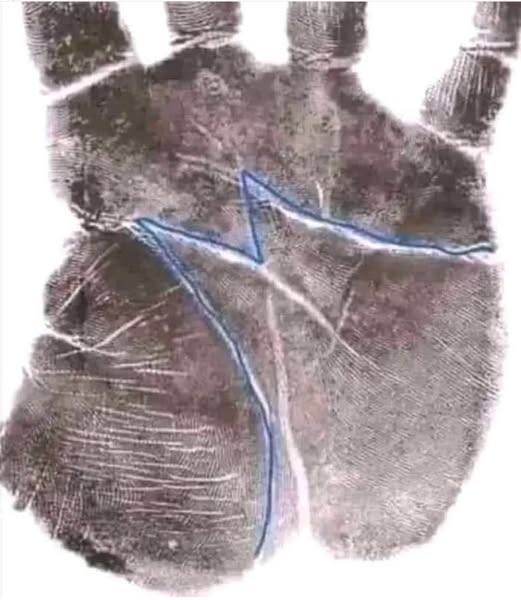It turns out there are simple adjustments you can make to improve how you walk every day
Turns out, even walking – something we all do every day – is no exception to these everyday misunderstandings.
Using the wrong muscles
If you sometimes feel a tightness or even a twinge in your lower back after walking, it might be your body trying to tell you something is off.
“The first mistake people make is overusing their hip flexor muscles, which are naturally tight,” Hall explained.
She added that “We actually want to be tapping into our posterior chain,” referring to the muscles that run from your upper back all the way down to your calves.
Passive feet
According to Bristol Nordic Walking, passive foot strike happens when your foot lands flat on the ground rather than rolling from heel to toe as it should.
“Not only does this compromise the ability of the body to cushion the impact and transfer the force, it also jars and stresses the whole of your skeleton,” their website explains.
Hall told NYP that this can be a bigger deal than you might think, saying: “Wherever we have a joint, we’re meant to have movement. But when we walk wrong – because we have a passive foot strike and overuse our hip flexors – it negates our ability to use all the joints in our feet.”

Head position
Most of us are guilty of walking while glued to our phones, but this could be causing even more problems for your posture and movement, Hall warns.
“People tend to lean forward from the head,” she said. “This has huge implications on the way the body moves.”
When your head leans forward while walking, it puts extra strain on your upper back muscles and limits how well your spine can twist and move.

“We want to encourage rotation of the spine because it improves our mobility and our posture,” Hall added.
Leaning your head too far forward also reduces your oxygen intake because your diaphragm can’t expand as fully as it should.
Maybe it’s time to give that trendy ‘silent walking’ technique a go.
Not using your arms
Ever tried jogging without moving your arms? It feels awkward and tough – and the same goes for walking.
“When the arm doesn’t do anything, we’re losing out on the ability to have whole body movement,” Hall explained.
“It specifically limits our ability to utilize the abdominal muscles and create shape around the waistline.”
Adding your arms to the mix not only improves your walking technique, but it also helps you burn more calories along the way.







